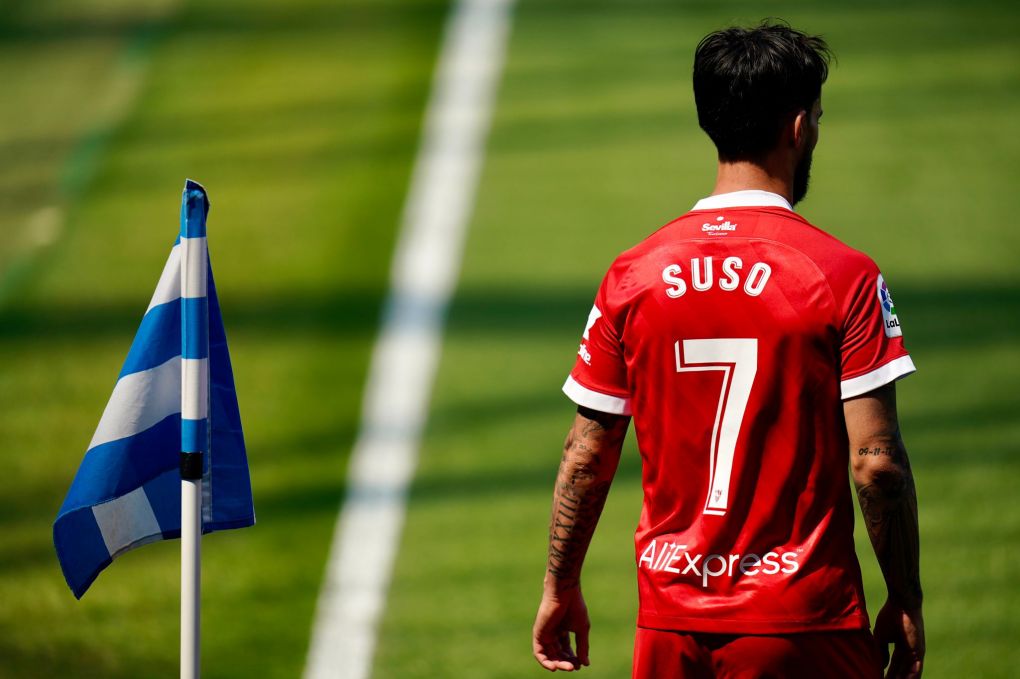In the highly competitive landscape of La Liga, injuries can have a profound impact on a team’s performance. This article focuses on two clubs, Espanyol and Getafe, examining how injuries affect their lineups, tactics, and ultimately their success on the pitch. By analyzing recent data and trends, we aim to provide a comprehensive overview of the ramifications of injuries for both teams.
Understanding the Injury Landscape in La Liga
La Liga, renowned for its technical and fast-paced football, is also a league where injuries can significantly derail a team’s ambitions. The physical demands of the league can lead to a variety of injuries, ranging from muscle strains to more severe ligament issues. The injury landscape can be categorized into:
- Muscle Injuries: Commonly occur due to fatigue and overexertion.
- Joint Injuries: Often result from tackles and awkward falls.
- Impact Injuries: Caused by collisions with other players.
For clubs like Espanyol and Getafe, understanding these injury trends is crucial for player management and tactical adjustments.
Espanyol’s Injury Profile and Its Implications

Espanyol, based in Barcelona, has a rich history in La Liga but has faced recent challenges, including injury crises that have affected their squad depth and overall performance. An analysis of their injury history over the last few seasons reveals some important patterns:
- Key Players Affected: Star players such as Raúl de Tomás and Sergi Darder have faced injuries that sidelined them during crucial fixtures.
- Injury Duration: The average duration of injuries at Espanyol has ranged from 3 to 8 weeks, impacting their ability to field a consistent lineup.
- Impact on Performance: When key players are unavailable, Espanyol has struggled to maintain form, often resulting in losses or draws in matches that could have been winnable.
For instance, in the 2022-2023 season, Espanyol faced a challenging period when De Tomás was sidelined due to a hamstring injury. During his absence, the team recorded just one win in five matches, highlighting the importance of their star forward.
Getafe’s Injury Challenges and Tactical Adjustments
Getafe, known for their pragmatic style of play, has also dealt with their share of injuries. The club’s approach to injuries tends to be more defensive, focusing on maintaining a solid structure even when key players are missing.
- Defensive Injuries: Getafe has frequently dealt with injuries to key defenders, which has forced them to adapt their tactical setup.
- Midfield Depth: The club has a relatively shallow midfield pool, and injuries to pivotal players like Mauro Arambarri have often left them vulnerable in the center of the pitch.
- Adjustments Made: Coach Quique Sánchez Flores has often resorted to playing a more conservative formation, such as a 5-3-2 setup, to compensate for lost personnel.
A notable example occurred during the 2021-2022 season when Getafe lost two key central defenders to injury. The immediate effect was a series of high-scoring games where Getafe conceded multiple goals, ultimately leading to a relegation battle.
Comparative Analysis: Espanyol vs. Getafe

When comparing the injury impact on both teams, several key differences and similarities emerge:
- Squad Depth: Espanyol generally has a more robust squad depth, allowing them to absorb injuries better than Getafe. However, they still struggle when their key players are unavailable.
- Tactical Flexibility: Getafe’s conservative approach allows them to adapt more easily to injuries, while Espanyol’s reliance on key attacking players can lead to instability.
- Performance Metrics: Statistical analysis over several seasons shows that Espanyol’s win percentage drops significantly when key players are injured, whereas Getafe manages to maintain a relatively stable performance, albeit with a lower ceiling.
Case Studies: Recent Seasons of Injury Impact

To better understand the implications of injuries, let’s delve into recent seasons for both clubs:
Espanyol: A Season of Struggles
During the 2022-2023 season, Espanyol faced a crippling injury crisis that saw them drop into the relegation zone:
- Raúl de Tomás missed 10 matches due to a knee injury.
- Sergi Darder struggled with recurring muscle injuries, limiting his appearances.
- The team finished the season with the second-lowest goal tally in the league.
Getafe: Resilience in Adversity
In contrast, Getafe’s 2021-2022 season showcased their resilience despite injury challenges:
- The loss of defenders led to a shift in strategy, focusing on counter-attacks.
- Players like Enes Ünal stepped up, leading the team in scoring despite a lack of creativity from the midfield.
- Getafe managed to stay afloat, finishing just above the relegation zone.
Statistical Insights: Injury Impact on Team Performance
The statistical relationship between injuries and performance can offer valuable insights:
- In seasons where Espanyol suffered more than 15 injuries, their points per game averaged 1.1, compared to 1.8 when injuries were minimal.
- Getafe’s performance remained relatively stable with an average of 1.3 points per game, even during injury crises.
- Injuries to key players correlated with a 30% increase in the number of goals conceded for both teams.
Conclusion: The Far-Reaching Impacts of Injuries on Espanyol and Getafe

Injuries are an inevitable part of football, but their impact can vary significantly between teams. For Espanyol, injuries have often led to a dramatic decline in performance, as their reliance on key players makes them vulnerable. On the other hand, Getafe’s pragmatic approach allows them to adapt and find ways to remain competitive, even in the face of adversity. Understanding these dynamics is crucial for fans, analysts, and management alike, as they navigate the complexities of player health and team performance.
As the seasons progress, both clubs will need to invest in squad depth and injury management strategies to minimize the disruptive impact of injuries and secure their positions within La Liga. Ultimately, the ability to respond to these challenges will define their success in the long run.